Accessibility is one of the many reasons OpenScore is so important. OpenScore's digital sheet music editions are not only useful for sighted musicians—allowing them to listen to, edit and share sheet music—the editions are also of vital importance to anyone who would struggle to read ordinary music notation. This includes musicians who are blind, partially sighted, or have trouble reading music due to a specific learning difficulty such as dyslexia.
There is currently a serious shortage of sheet music available in a format that blind or partially sighted musicians can read. While solutions do exist, publishers do not consider it worth the effort to implement them because there is little profit to be made from selling to this small but important market. OpenScore means to solve this by creating digital scores which can easily be converted to other formats. We will provide all OpenScore Editions in Braille for blind musicians, and Modified Stave Notation (MSN) for those who are partially sighted, have dyslexia, or suffer from a similar condition.
The opening bars of Beethoven's Für Elise in standard notation, Braille and MSN.
We started to publish the first OpenScore Editions last week, and now Für Elise is available in Braille and MSN. The Braille file can be downloaded right from the page of the OpenScore Edition, while the MSN score has its own dedicated page.
OpenScore's Braille files are generated using Music21, an open source toolkit for analysing digital sheet music. Music21 was developed at MIT as a music research tool and Braille conversion was a relatively recent addition. There are more mature Braille converters out there, but we have chosen to use Music21 because it is open source. We hope that the availability of OpenScore's digital editions will drive the development of free Braille converters like Music21, and we will update the Braille files regularly to take advantage of these improvements. Blind musicians can read our Braille files on their Braille terminals, or have them embossed onto paper.
A blind musician reading music from a Braille terminal.
Modified Stave Notation is ordinary music notation which has been adapted to make it easier to read by partially sighted musicians, or those with reading disabilities like dyslexia. This usually involves some combination of making lines thicker, symbols larger, and sometimes using a non-white background or different colors for each note. OpenScore's MSN files were created by our partners at RNIB, who are experts in music accessibility. MSN files are usually tailored to an individual’s particular needs, so the ones we provide are just representative examples. People with different requirements can apply different styles as described in this tutorial.
As a primarily auditory experience, music is an activity that sighted and non-sighted people should be able to participate in on equal terms. That is why it is vitally important that we make OpenScore a success and increase the availability of accessible content. Please back the Kickstarter campaign and help spread the word about digital sheet music and accessibility!



